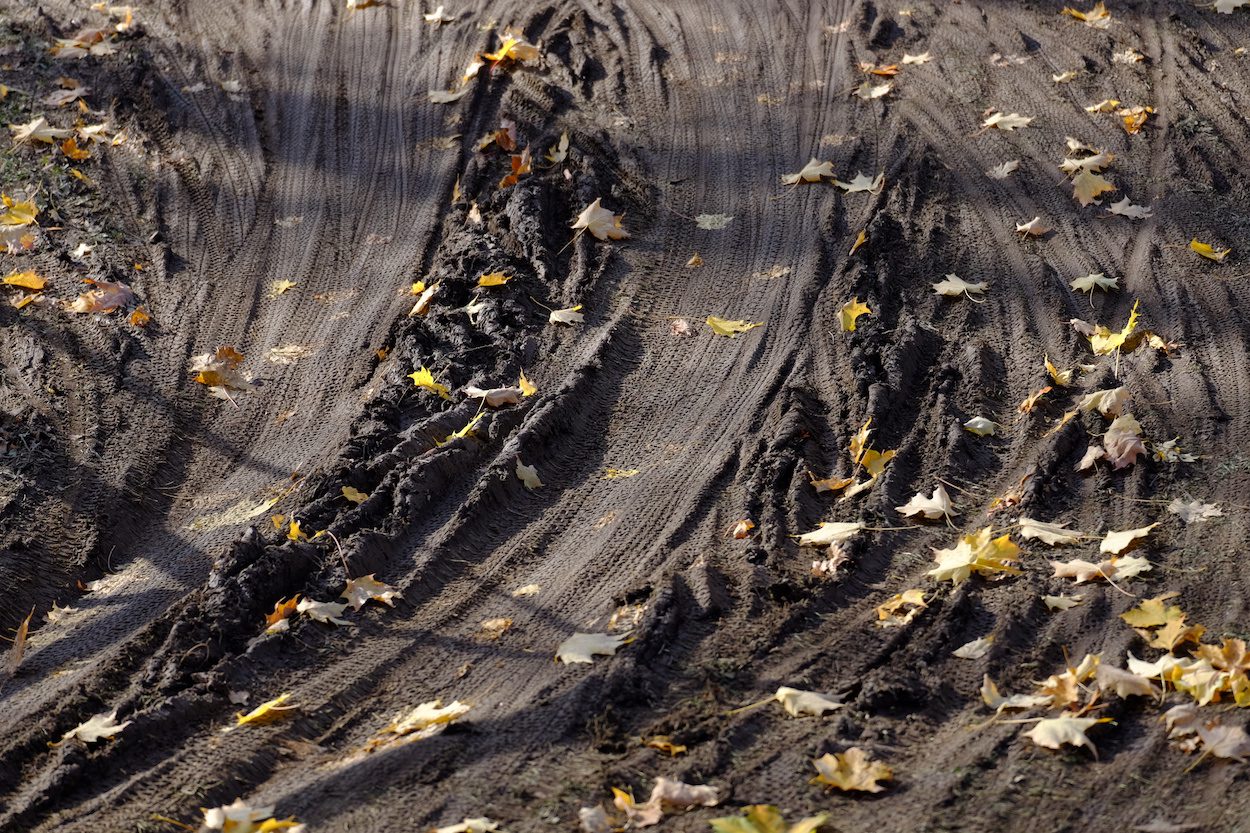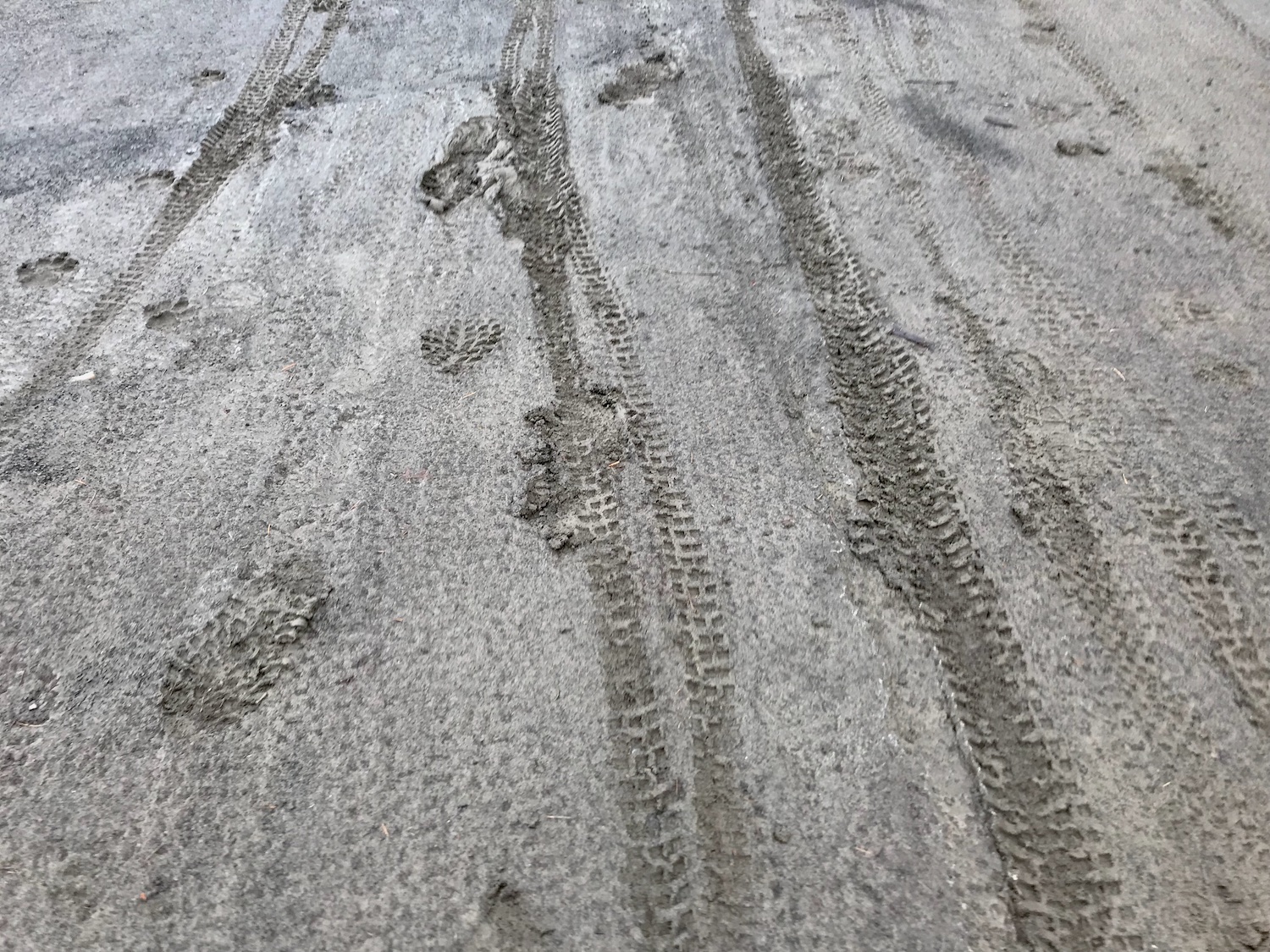Spring ride guide: How to know when trails are open
Prevent lasting damage to trails by staying off weather-prone singletrack

Spring is here and we are all so very excited to get back on singletrack! But just because the calendar says spring doesn’t mean your trails are ready for riding just yet. In fact, riding on wet, or still thawing trails can cause lasting damage to trails that takes months – and often many volunteer hours – to fix.
Here’s a quick guide to check when trails are good to go and when to stay away to avoid causing damage.

Freeze/Thaw cycles
One factor that makes early spring riding tricky to gauge is freeze/thaw cycles. During these cycles, trail conditions can change rapidly throughout the day.
Freeze/thaw cycles happen when temperatures still dip below zero overnight, but are above zero during the day. Trails may start the day frozen, but then the sun will melt frozen dirt, or snow, leaving mud and puddles exposed. Since the ground is still saturated with moisture, it is especially prone to damage from all trail users. Any ruts or damage will freeze in place again overnight, making future repairs even more difficult.
That doesn’t mean riding is impossible, it’s just tricky. Riding early in the morning on frozen trails, before that day’s thaw starts, can avoid damage. Just make sure you’re finished your ride before the trails start getting soft. If you start leaving ruts, or the mud is sticking to your tires, leave the trail for another time.

Know your local dirt
In some parts of Canada, riding on even slightly damp trails can cause damage. In Toronto’s Don Valley, for example or parts of Edmonton’s river valley, a more clay-like dirt is especially prone to damage when wet. Riding these trails when there is any mud will leave lasting damage to the trail.
No matter where you are, if you’re leaving ruts as you ride or if mud is sticking to your tires and shoes, the trail is not ready to ride. Doing so can easily cause damage.
If you want to know a trail status before you go, check with local trail organizations. There are also Facebook groups in most riding areas, including The Don, that share trail conditions and ride/don’t ride recommendations.

Choose your trails wisely
In other parts of Canada trails are, out of necessity and due to different soil composition, more capable of handling wet weather riding. On Vancouver Island and in the Lower Mainland, the dirt sheds and drains moisture quickly.
That doesn’t mean all trails are safe to ride when it is raining. While the North Shore is renown for photos of wet, winter riding, not every trail in North Van is an all-season trail. Not all trails are equally capable of handling wet weather traffic. Trails that are heavily armoured or are rock-based can be OK, while trails that are made of loose dirt or loam should be avoided when wet. There’s also a crucial difference between a little rain and a heavy downpour.
Few, if any, trails are OK to ride if they are heavily saturated or have water flowing down them. If you’re leaving tire imprints deeper than your tire tread, the trail is too wet to ride.
For an excellent guide to what trails are good to ride, check out Fraser Valley Mountain Bike Association’s step-by-step guide to making good choices this spring:
